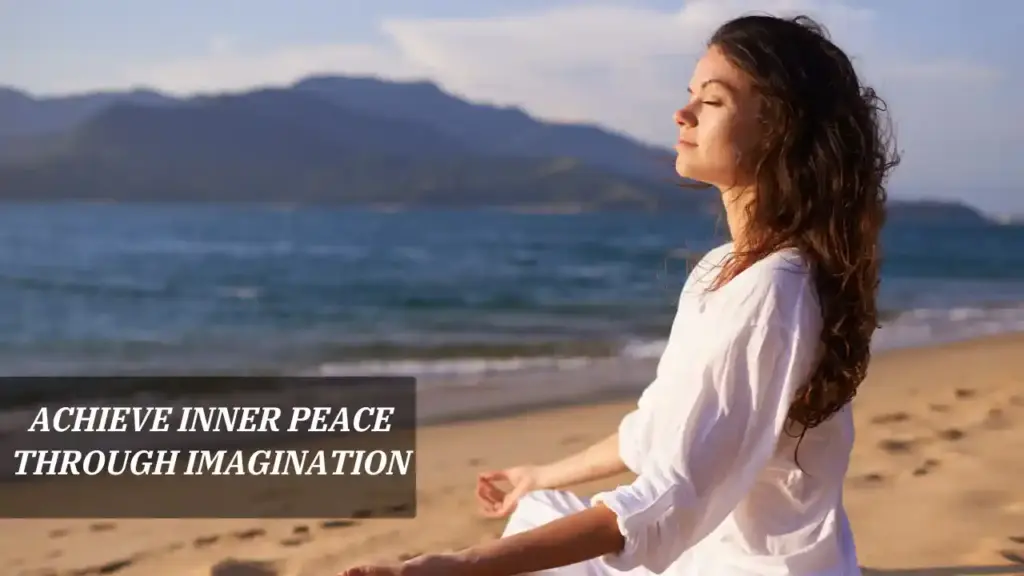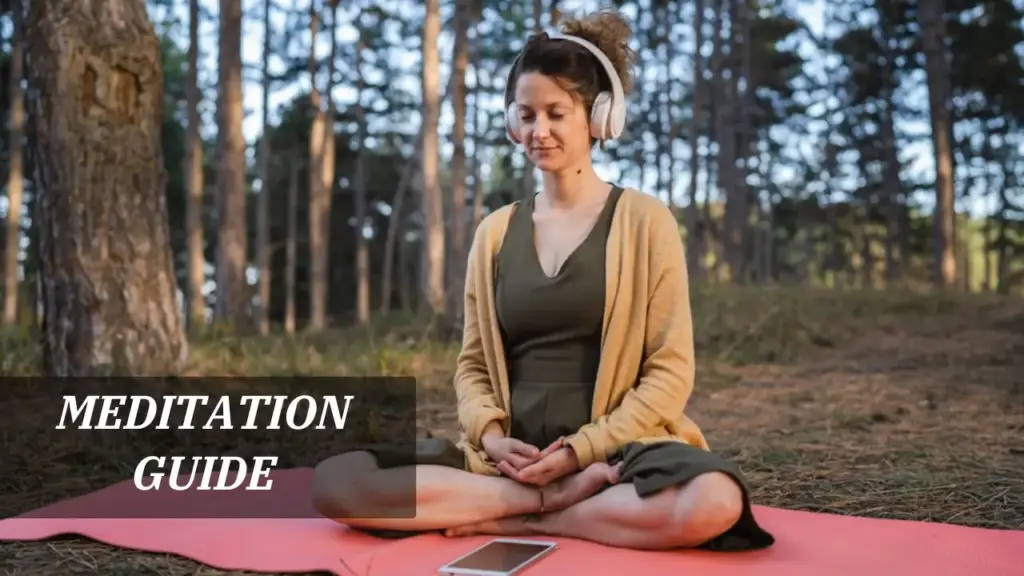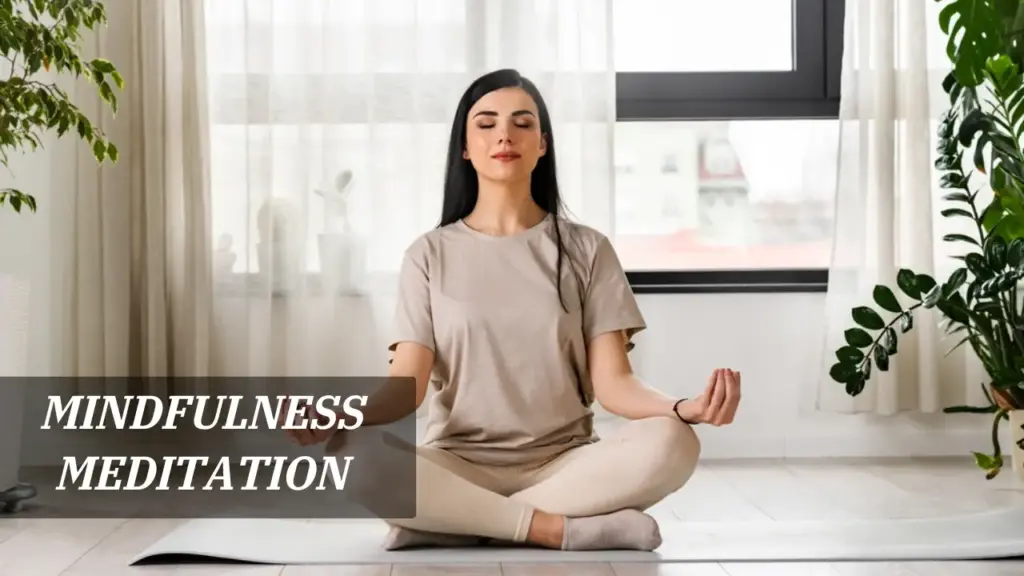In our busy lives, stress can feel like a constant companion. But what if you could tap into the power of your imagination to find calm and relaxation? Guided visualization, a technique that involves mentally picturing peaceful scenes and experiences, allows you to harness the soothing effects of imagination to reduce stress and bring tranquility to your mind. It’s a simple, accessible method that doesn’t require any special tools—just a few moments of focused attention.
This article will provide all the information you need to get started with guided visualization, exploring how it works, the steps involved, and the benefits it can bring to your mental and emotional well-being.
What is Guided Visualization and Why It Works for Stress Relief
Guided visualization is a mindfulness practice that uses your imagination to create calming mental images. By picturing a peaceful place or scenario, your mind shifts away from stress and anxiety, allowing your body to relax. This shift in focus calms the nervous system, reducing the physical effects of stress and helping you feel more balanced. Research shows that guided visualization can help lower stress hormones and promote a relaxed state of mind.
Simple Steps to Practice Guided Visualization
- Find a Comfortable Spot
Choose a quiet place where you can sit or lie down comfortably. This helps you focus on the visualization without any distractions. - Close Your Eyes and Take Deep Breaths
Begin with a few deep breaths to center yourself. Focus on each breath, letting go of any tension in your body. This prepares your mind to enter a relaxed and receptive state. - Picture a Peaceful Scene
Imagine a place that feels safe and calming to you. It could be a beach, a forest, or any setting where you feel at ease. Picture every detail: the colors, sounds, and even the smells. Visualizing these details helps immerse you fully in the experience, making it feel real. - Engage All Your Senses
Use your senses to bring the scene to life. Imagine the warmth of the sun, the scent of flowers, or the sound of water. Engaging all your senses enhances the calming effect and makes the experience more enjoyable. - Stay in the Scene for a Few Minutes
Spend a few minutes in this peaceful setting. Let your mind and body absorb the calmness. When you’re ready, slowly bring your awareness back to the present, carrying the sense of peace with you.
Benefits of Regular Guided Visualization Practice
Guided visualization offers many benefits beyond just stress relief. It can improve focus, boost positivity, and enhance overall mental clarity. By practicing regularly, you can train your mind to handle stress more effectively, helping you remain calm even in challenging situations. Additionally, guided visualization can improve sleep, reduce anxiety, and elevate your mood, creating a lasting impact on your well-being.
Incorporating guided visualization into your daily routine can be a simple yet powerful way to combat stress, leaving you feeling refreshed and focused. With just a few minutes of practice, you can experience a renewed sense of peace and resilience, ready to face the demands of everyday life with calm and clarity.


